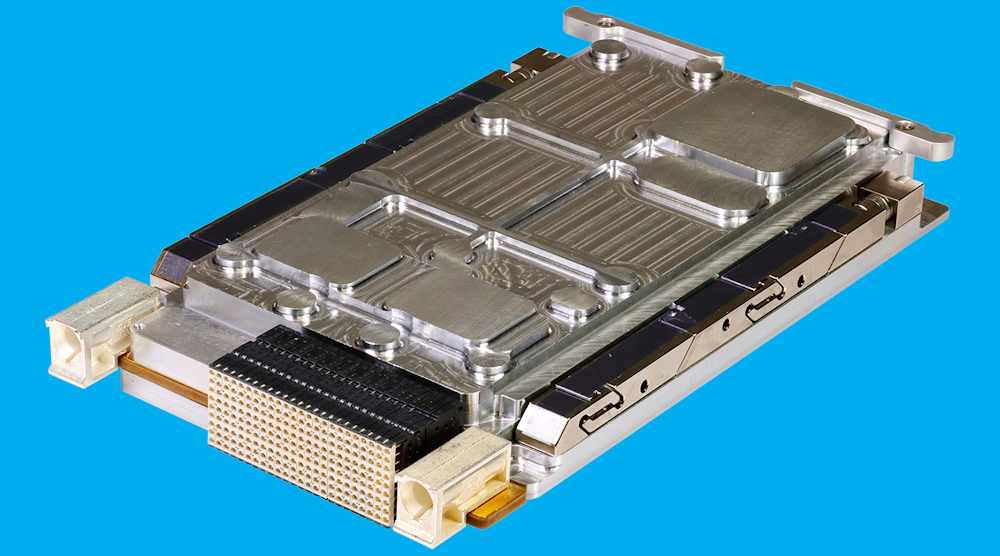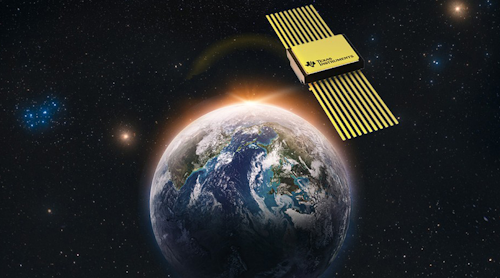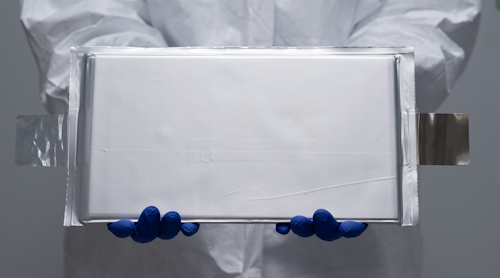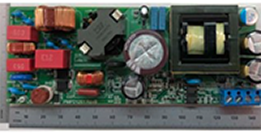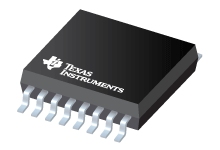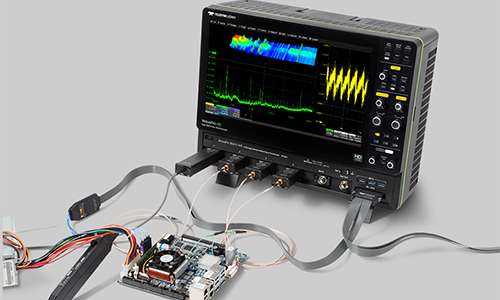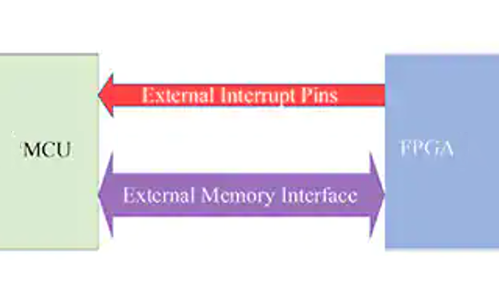This article appeared inMicrowaves & RFand has been published here with permission.
Satellites are becoming increasingly important components in a global electronic network for communications and navigation, even though the components within satellites are subject to high radiation levels that can limit reliability and operating lifetimes. Fortunately, electronic devices such as the model RH3480 solid-state data recorder (SSDR) fromMercury Systemsare being designed with radiation in mind, with the capabilities to withstand radiation levels found in space applications and on board low-earth-orbit satellites (LEOS).
Based on single-level-cell (SLC) NAND flash memory, the RH3480 SSDR provides reliable 480 GB of storage in a compact 3U VPX-compatible form factor(see image above). Designed and built according to reduced size, weight, and power (SWaP) demands, it features highly dense data storage but weighs only 750 g in keeping with satellite communications (satcom) and navigation requirements.
In addition to high radiation tolerance, the SSDR employs advanced error-correction-code (ECC) algorithms to maintain data integrity under the harsh operating conditions of space. It functions in linear and host-addressable operating modes. The dual-port design can write data at rates to 18.4 GB/s and read data at rates to 16.0 GB/s.

